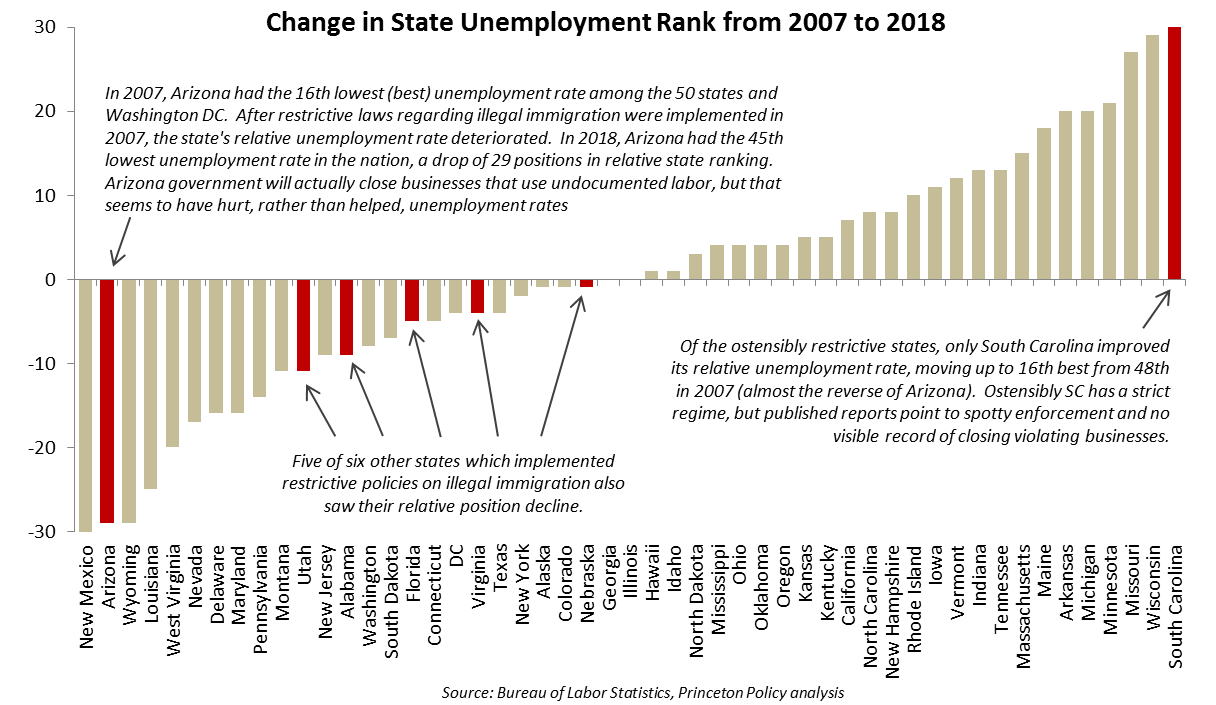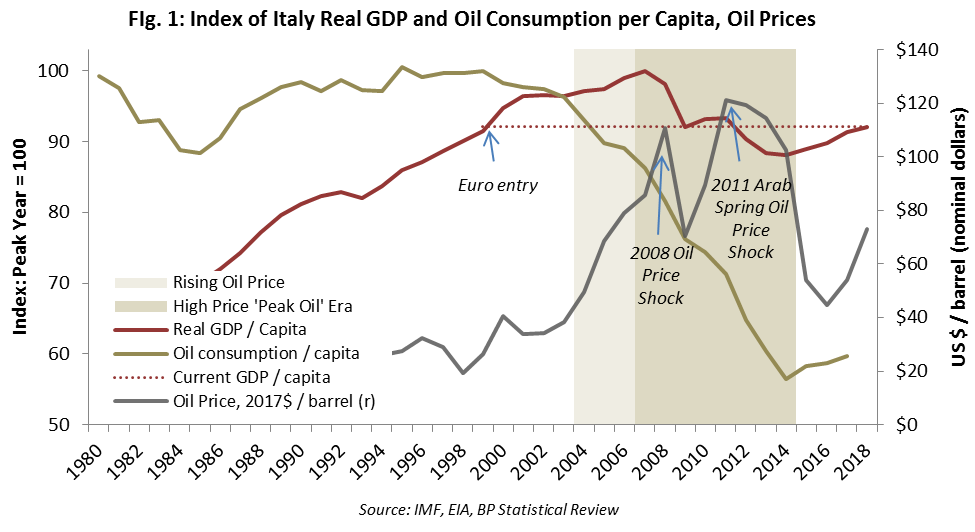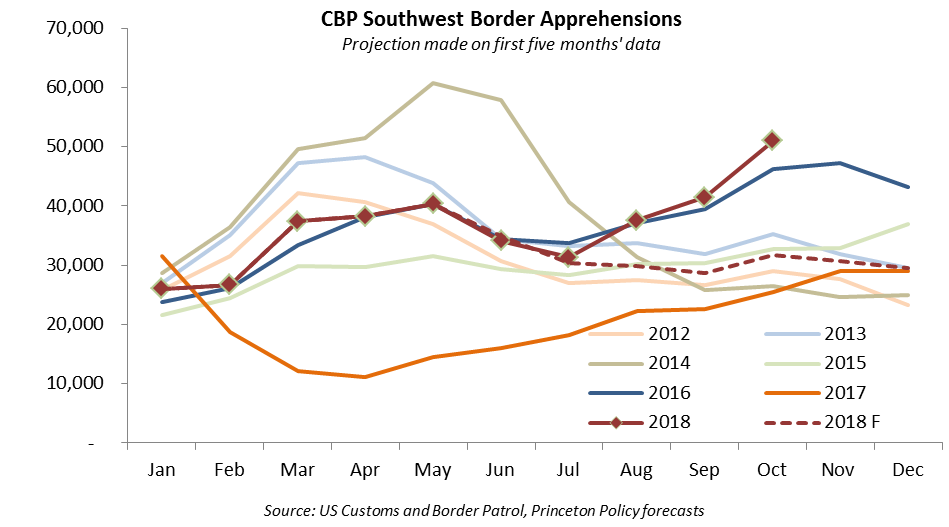A survey of the effects of minimum wage increases on the New York City restaurant scene, prepared by the NYC Hospitality Alliance, has prompted a sharp debate at the popular economics blog, Econbrowser.
Menzie Chinn, Professor of Economics at the University of Wisconsin and the chief poster at the blog, thinks New York City’s stiff minimum wage hikes have had no effect on restaurant employment. We disagree. Wage hikes have set the full service restaurant industry back by more than any recession has in the last quarter century.
The Data Sources
The NYC Labor Market Information Service (NYCLMIS) provides labor market analysis for the New York public workforce system. One of their reports describes the New York restaurant business, including employment levels. These correspond to employment figures given by
Industry Groups: Full-Service Restaurants (NAICS 7221), or SMU36935617072251101SA in the code used by the US Federal Reserve database, FRED, and
Limited-Service Eating Places (NAICS 7222) , or SMU36935617072259001SA in the code used by the US Federal Reserve database, FRED.
We use these numbers in our analysis below.
Restaurants and Employment
Restaurants have been a growth business in New York City — predominantly Manhattan — for a very long time. Employment in the sector has more than doubled since 2000, rising from 132,000 to 278,300 in late 2017. By contrast, New York City’s population has grown less than 8% during that period. As incomes increase, a greater share of New Yorkers’ budgets has been devoted to eating out.
All is not well, however, in the restaurant business. New York government’s decision to raise the minimum wage to $15 / hour by steps has eviscerated the full service restaurant sector.
From the end of the Great Recession in 2009 until mid-2015, the full service restaurant sector added approximately 8,600 jobs per year. The increase of the minimum wage to $10.50 / hour in 2016, however, slowed growth to 4,300 per year.
When the minimum range was raised to $13 / hour from the beginning of 2018, the full service sector cratered, with employment falling by 8,000 (-4.6%) from its November 2017 high through January of this year. By contrast, the full service restaurant sector lost only 2,700 jobs (-2.4%) during the Great Recession. Put another way, the effect of raising the minimum wage in 2018 was twice as bad as the harm incurred in the biggest economic downturn since the Great Depression.
The cost is greater than just the jobs losses, however. Under normal circumstances, we would have expected the full service sector to grow by 6,000 - 8,600 jobs in 2018, which was the strongest year for the economy in quite some time. Consequently, these forgone jobs have to be added to the total. In all, an increased minimum wage can be credited with the loss of up to 16,000 jobs in the full service restaurant sector from late 2017 through January of this year. That’s two-thirds of the total employment Amazon promised to New York City over a number of years.
Interestingly, the limited service restaurant sector, including establishments like McDonald’s and Chipotle, has not been hit as hard. This is not altogether surprising. With wage hikes raising meal prices, some customers have no doubt moved down-market, from full service to a limited service restaurants. As a result, sales losses to full service establishments may have resulted in sales gains to limited service eateries.
Further, many limited service restaurants are already staffed lean. A typical Subway sandwich restaurant, for example, may have only two or three counter employees, hard to reduce and still retain a reputation for ‘fast food’. As a consequence, limited service restaurant employment fell for only two months, in late 2017, and actually grew during 2018. Notwithstanding, growth was less than the historical average. We estimate that the limited service sector grew by 2,600 fewer employees than expected.
The impact on the fast food sector may be longer in coming, but ultimately more profound. If restaurant chains determine their business model does not work at a high minimum wage, they may eventually exit certain locations in the city altogether.
Taken together, New York’s $13 / hour minimum wage has cost approximately 16,000 - 19,000 jobs in New York City’s restaurant sector since November 2017. This, of course, excludes reductions in hours and restructurings of pay packages.
Nor is the outlook brighter. With a $15 / hour minimum wage in effect from the beginning of the year, the New York City restaurant sector can look forward to a grueling 2019.





























